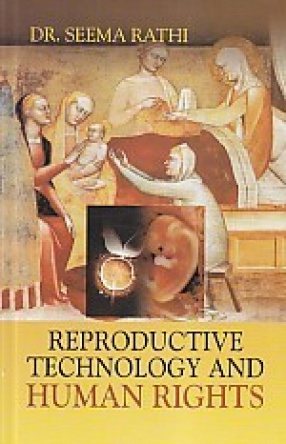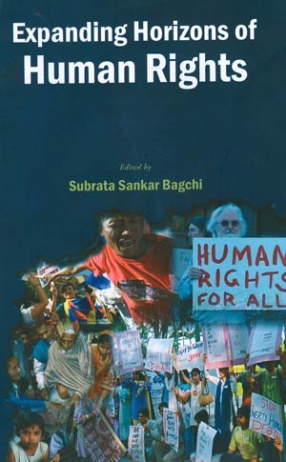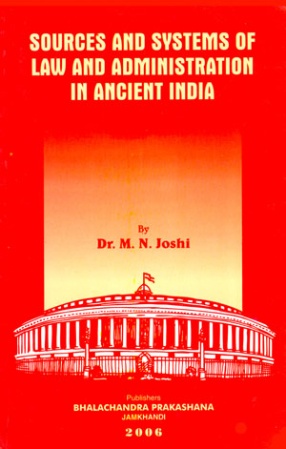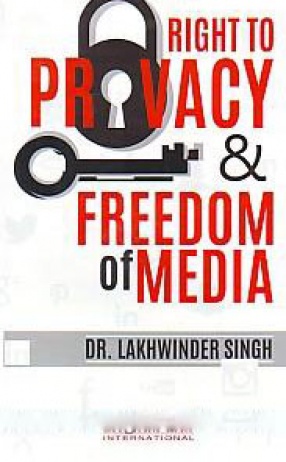Reproductive Technology and Human Rights
This book highlights the issue of law, Medical Science and Human Rights with special reference to Reproductive Technology. It provides the historical background, concept, causes, purpose, procedure, data, relevant progressive legislations and judgments on the subject. An exhaustive study of laws related to Reproductive Technology, the interrelationships among science, technology and human rights, role of judiciary have become part of this work. The book also contains important findings from many research works and articles.
The first chapter is of introductory in nature. The general aspects of medical science and human rights have been discussed in national and international perspectives. The author has critically evaluated the role of medical science in society and also highlights the legal and ethical issues. The second chapter is devoted to discuss at length the impact of the development of medical science on human rights. The origin of human right has been traced from primitive era and chronological developments have been explained.
The meaning, nature and methods of reproductive technology have been explained in third chapter. Initially the reproductive technology was invented for a pious cause of needy persons but later on it was started to be misused. The consequences of such misuse of this technology have been highlighted in this chapter. There are different modes of reproductive technology like artificial insemination, in vitro fertilization, surrogate motherhood and cloning. These technologies have been fully discussed in this chapter. The chapter four explains some other assisted reproductive technologies like intra-cytoplasmic sperm injection, direct intra peritoneal insemination, direct intra-follicular insemination, intra fallopian insemination, fallopian tube sperm perfusion, peritoneal oocyte sperm transfer, follicular aspiration sperm injection, assisted rupture direct oocyte transfer, intra-vaginal culture, gamete intra-fallopian transfer, etc.
In chapter five, there is a critical analysis of challenges of the development of reproductive technology on human rights. The adultery, legitimacy of child, practice of keeping frozen embryos, destroying the Extra Fertilized Ova, etc. are some of the crucial issues, which are examined in detail. The challenges regarding artificial insemination, IVF, cloning and surrogate motherhood have also put the thinkers in dilemma. Proper analysis of all such issues have been made in this chapter.
Law is one of the instruments to regulate human behavior and is also effective weapon to wipe out evil and unwanted practices in the society. There are ample provisions that can deal with the problems regarding adoption, maintenance, legitimacy of child arising from surrogacy of motherhood. All such relevant provisions have been discussed in sixth chapter. There are many constitutional provisions, professional ethics, and other norms to regulate the conduct of medical practitioner, who are involved in misuse of reproductive technology, which have also been discussed in this chapter.
In chapter seven all probable ethical and legal issues have been deliberatively discussed. The judiciary is the final interpreter of law and no study in the realm of law is complete without evaluating the role of judiciary in tackling with the vices of reproductive technology. The judicial response to the problem pertaining to reproductive technology have been discussed in detail. The last chapter eight gives conclusions and viable suggestions of the author.
Get it now and save 10%
BECOME A MEMBER







Bibliographic information